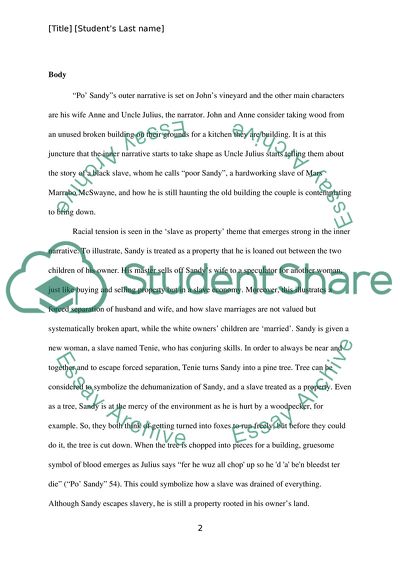Cite this document
(Racial Relations in Two Short Stories Literature review, n.d.)
Racial Relations in Two Short Stories Literature review. https://studentshare.org/people/1862591-write-3-4-pages-long-about-quotpoapos-sandyquot-by-charles-chesnutt-and-quotthe-wife-of-his-youthquot-by-charles-chesnutt
Racial Relations in Two Short Stories Literature review. https://studentshare.org/people/1862591-write-3-4-pages-long-about-quotpoapos-sandyquot-by-charles-chesnutt-and-quotthe-wife-of-his-youthquot-by-charles-chesnutt
(Racial Relations in Two Short Stories Literature Review)
Racial Relations in Two Short Stories Literature Review. https://studentshare.org/people/1862591-write-3-4-pages-long-about-quotpoapos-sandyquot-by-charles-chesnutt-and-quotthe-wife-of-his-youthquot-by-charles-chesnutt.
Racial Relations in Two Short Stories Literature Review. https://studentshare.org/people/1862591-write-3-4-pages-long-about-quotpoapos-sandyquot-by-charles-chesnutt-and-quotthe-wife-of-his-youthquot-by-charles-chesnutt.
“Racial Relations in Two Short Stories Literature Review”. https://studentshare.org/people/1862591-write-3-4-pages-long-about-quotpoapos-sandyquot-by-charles-chesnutt-and-quotthe-wife-of-his-youthquot-by-charles-chesnutt.


